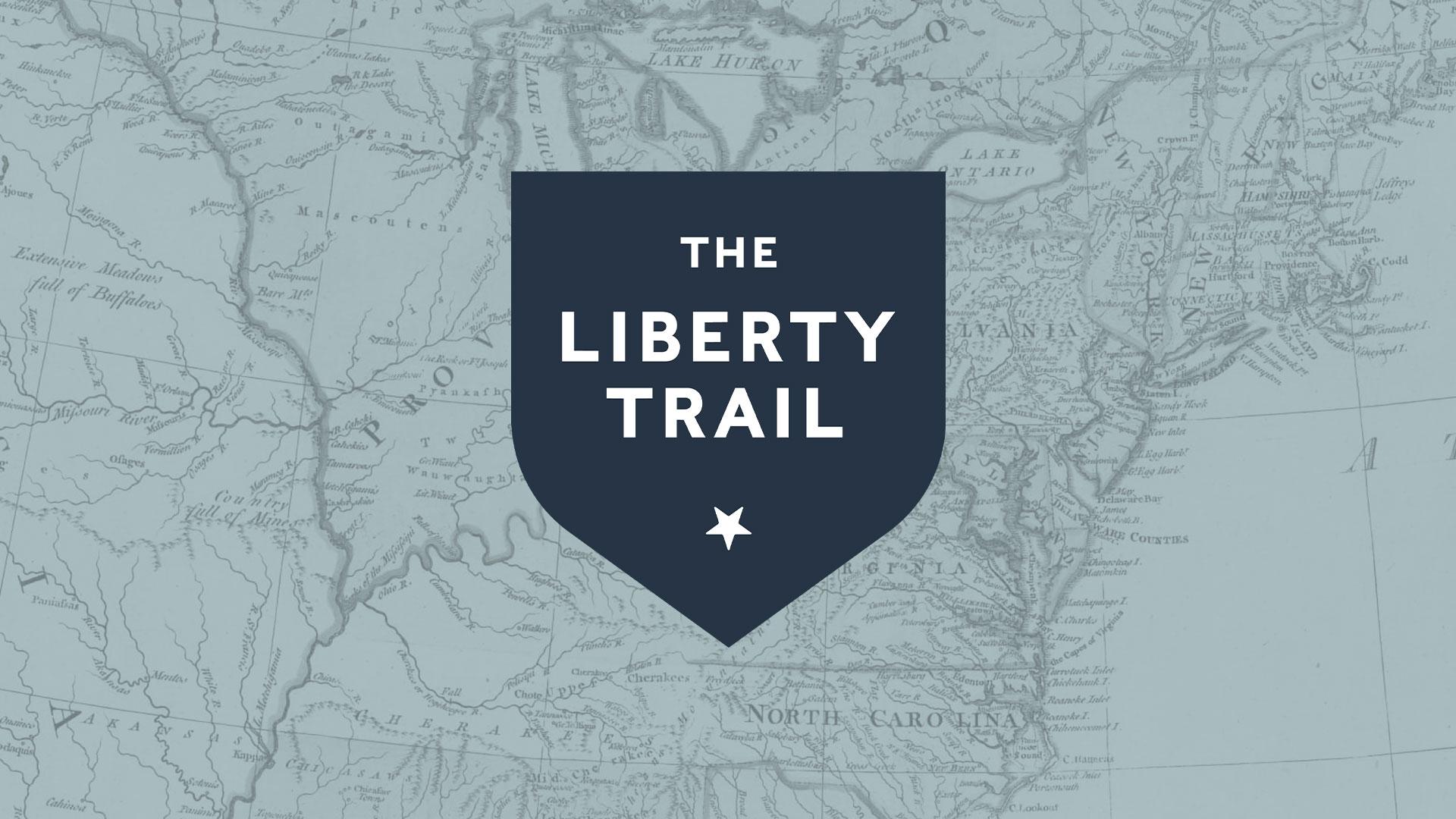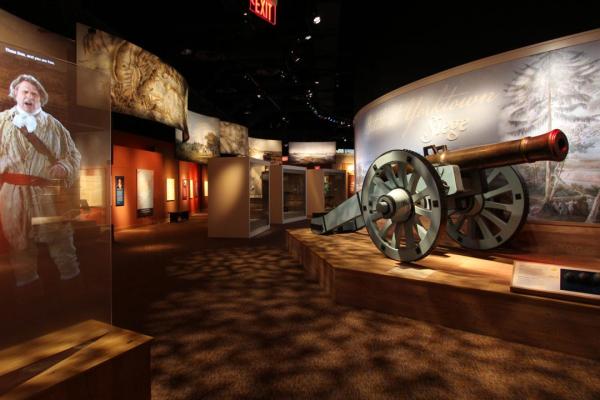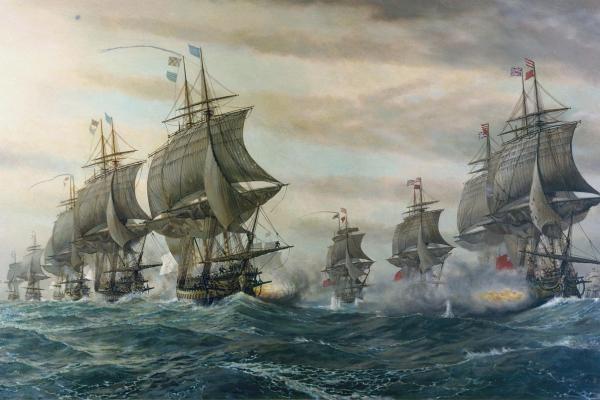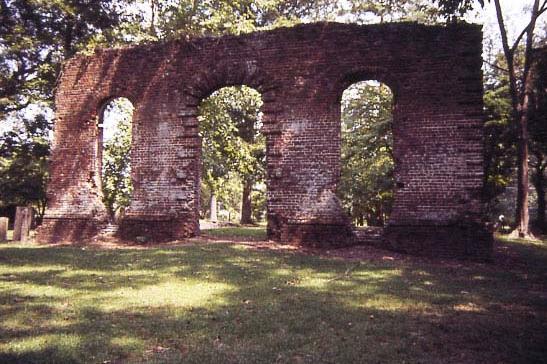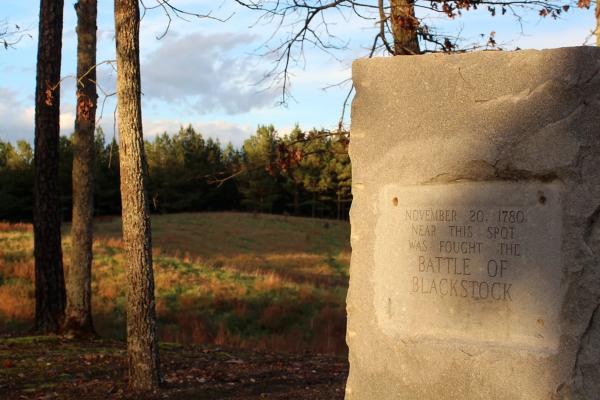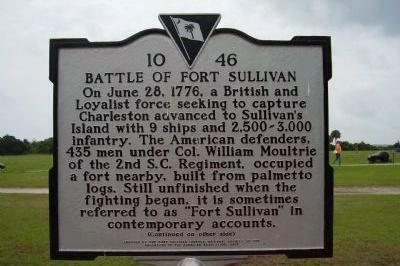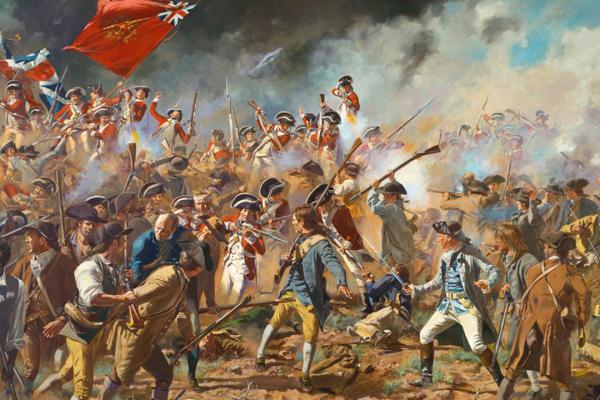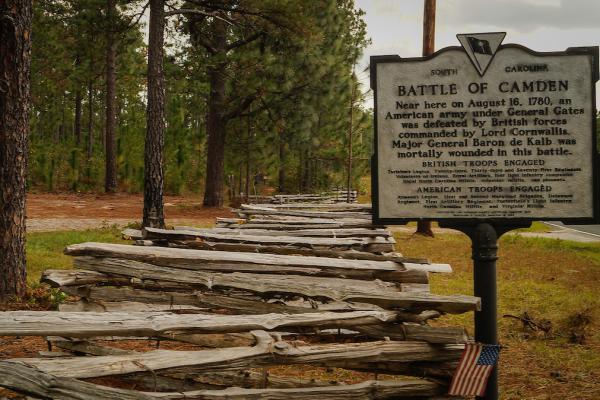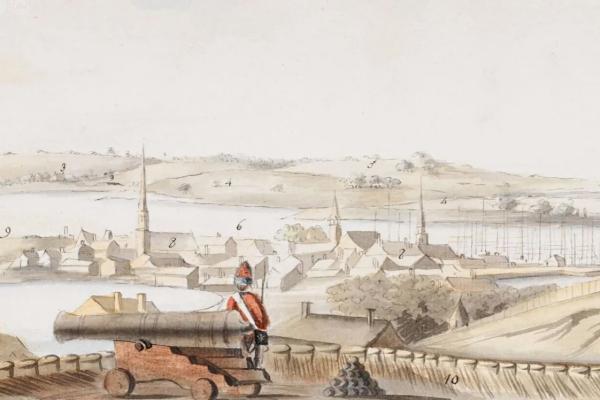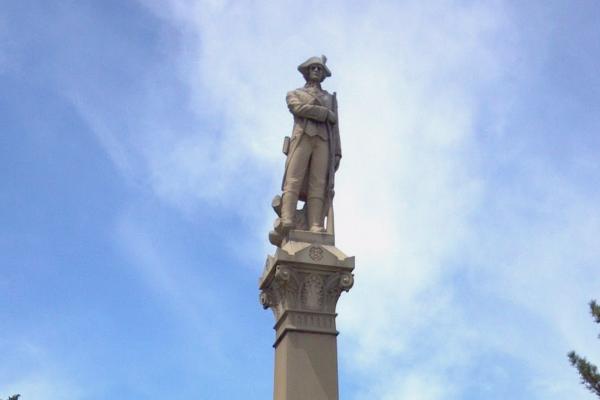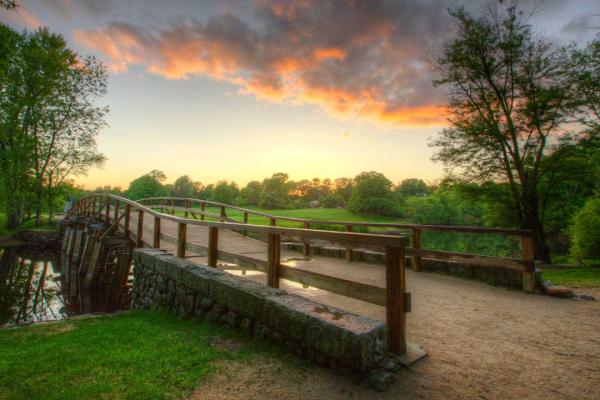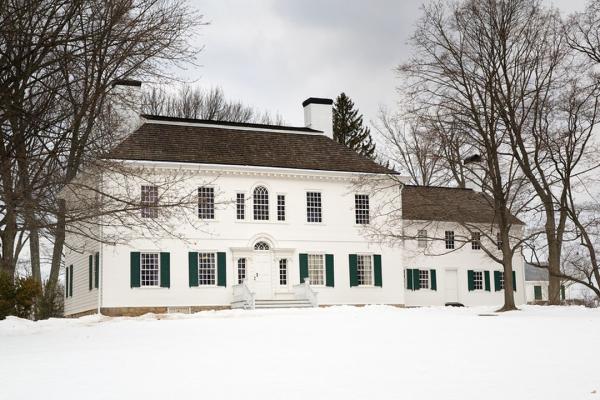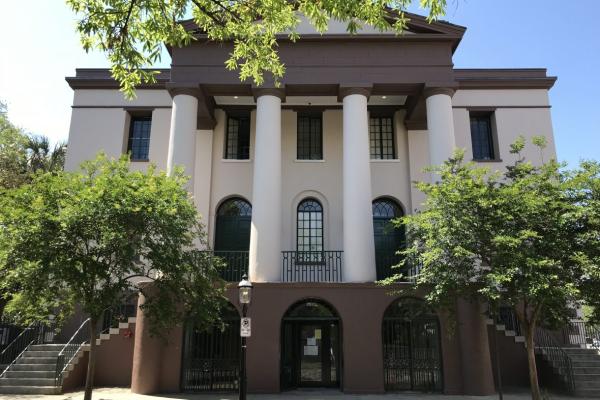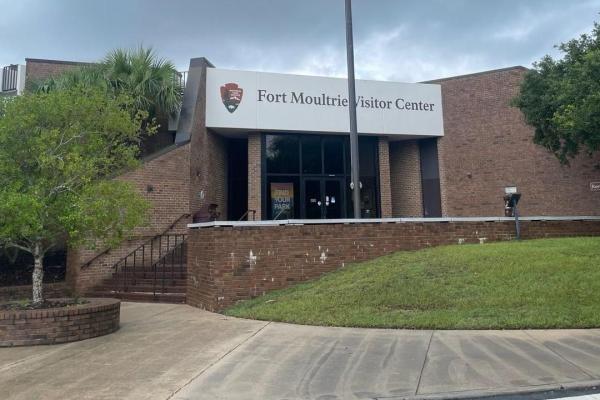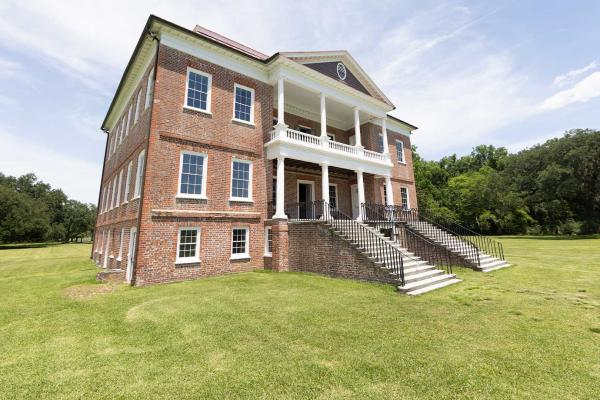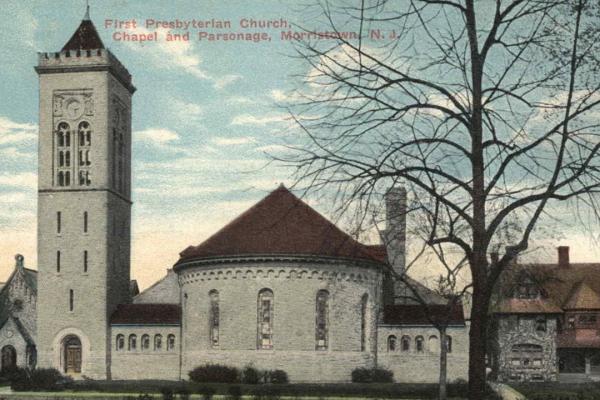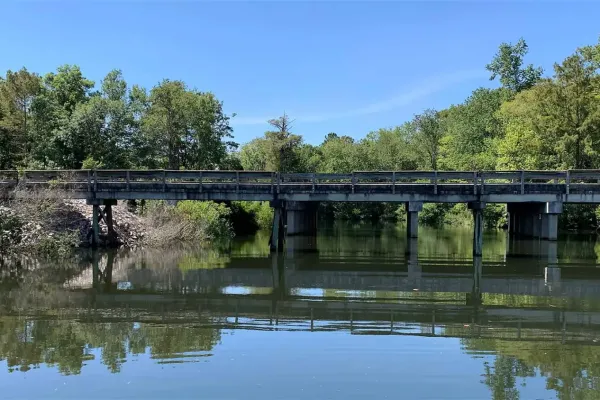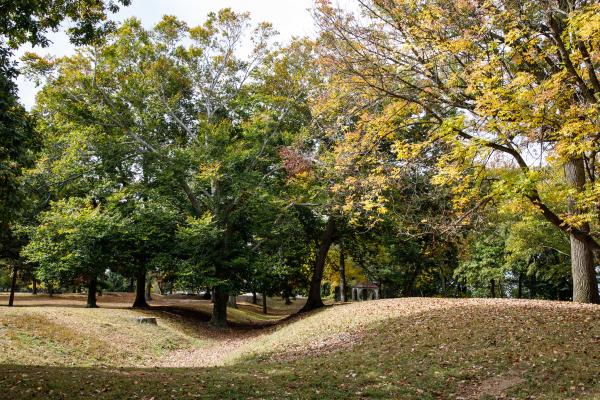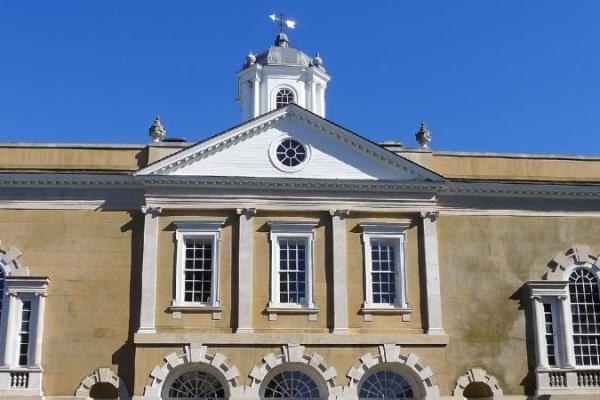The American Revolution Museum at Yorktown provides the origins of the nation’s founding, stretching from the early colonial period to the passing of...
The Battle of the Capes occurred around the mouth of Chesapeake Bay in 1781. The naval battle occurred between the French and the British navies. Even...
During the British occupation of Charleston in 1781, these grounds were part of a British outpost to supply ammunition and provisions to patrolling...
British Lieutenant Colonel Banastre Tarleton pushed up the Enoree River hot on the trail of Patriot Brigadier General Thomas Sumter.
Treacherous waters and Patriot fire foil a British attack on Charleston Harbor
A proving ground for the Patriot cause, the infamous Battle of Bunker Hill was the first pitched battle between New England soldiers and the British...
The Battle of Camden was a devastating defeat suffered by the Americans in the British military offensive in the South.
The second engagement of the Boston Campaign, the Battle of Chelsea Creek marked a stunning defeat for the British as their resources began to dwindle...
Colt's Neck, occupied by Patriots until October of 1778, was a privateer outpost utilized as a staging point for planning and executing the capture of...
